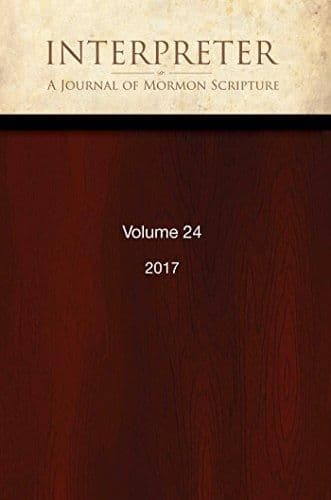Journal
Axes Mundi: Ritual Complexes in Mesoamerica and the Book of Mormon

Title
Axes Mundi: Ritual Complexes in Mesoamerica and the Book of Mormon
Publication Type
Journal Article
Year of Publication
2021
Authors
Wright, Mark Alan (Primary)
Journal
Interpreter: A Journal of Latter-day Saint Faith and Scholarship
Pagination
233-248
Volume
46
Abstract
An axis mundi refers to a sacred place that connects heaven and earth and is believed to be the center of the world. These places are sanctified through ritual consecration or through a divine manifestation that results in qualitatively detaching that space from the surrounding cosmos. Often expressed in architecture as a universal pillar, these axes mundi incorporate and put in communication three cosmic levels — earth, heaven, and the underworld. As Mark Alan Wright notes, Mesoamerican sacred architecture was designed according to cosmological principles and finds a modern analogy in Latter-day Saint temples. Also, among Mesoamerican civilizations and in the Book of Mormon, the temple, the axis mundi, served as a place where worshipers go to engage in sacred rituals that bridge the divide between heaven and earth and allow the worshiper entry into the divine presence.
Subject Keywords
Bibliographic Citation
Terms of use
Items in the BMC Archive are made publicly available for non-commercial, private use. Inclusion within the BMC Archive does not imply endorsement. Items do not represent the official views of The Church of Jesus Christ of Latter-day Saints or of Book of Mormon Central.